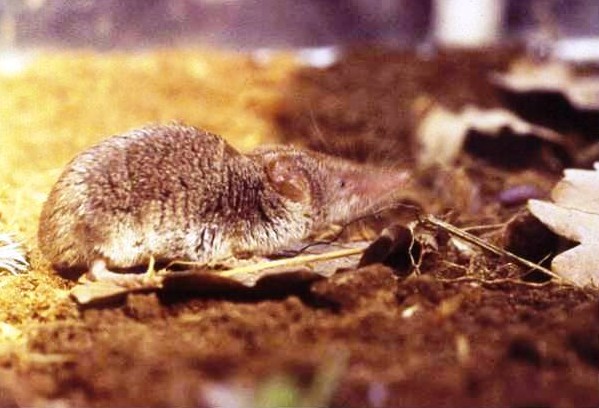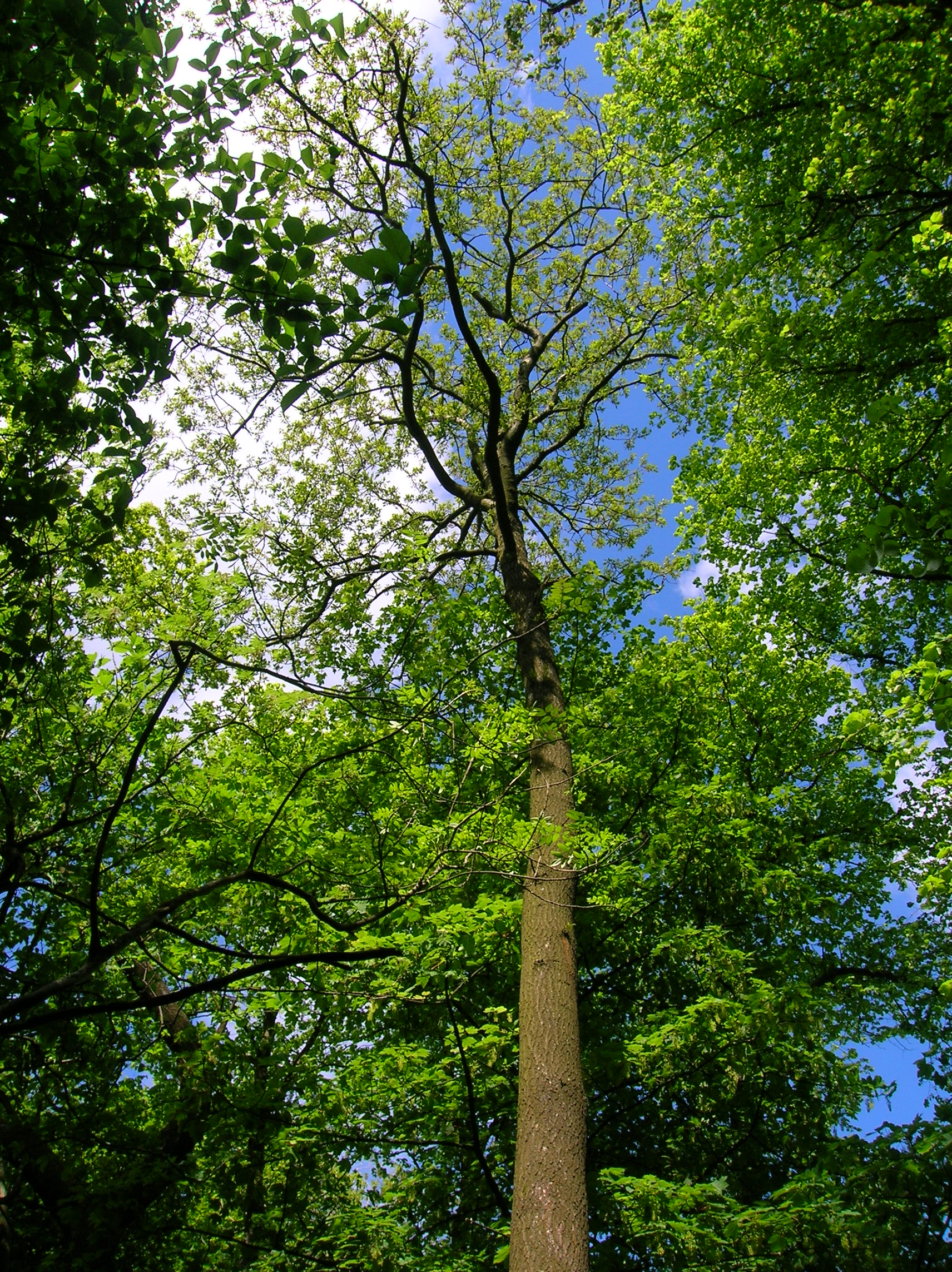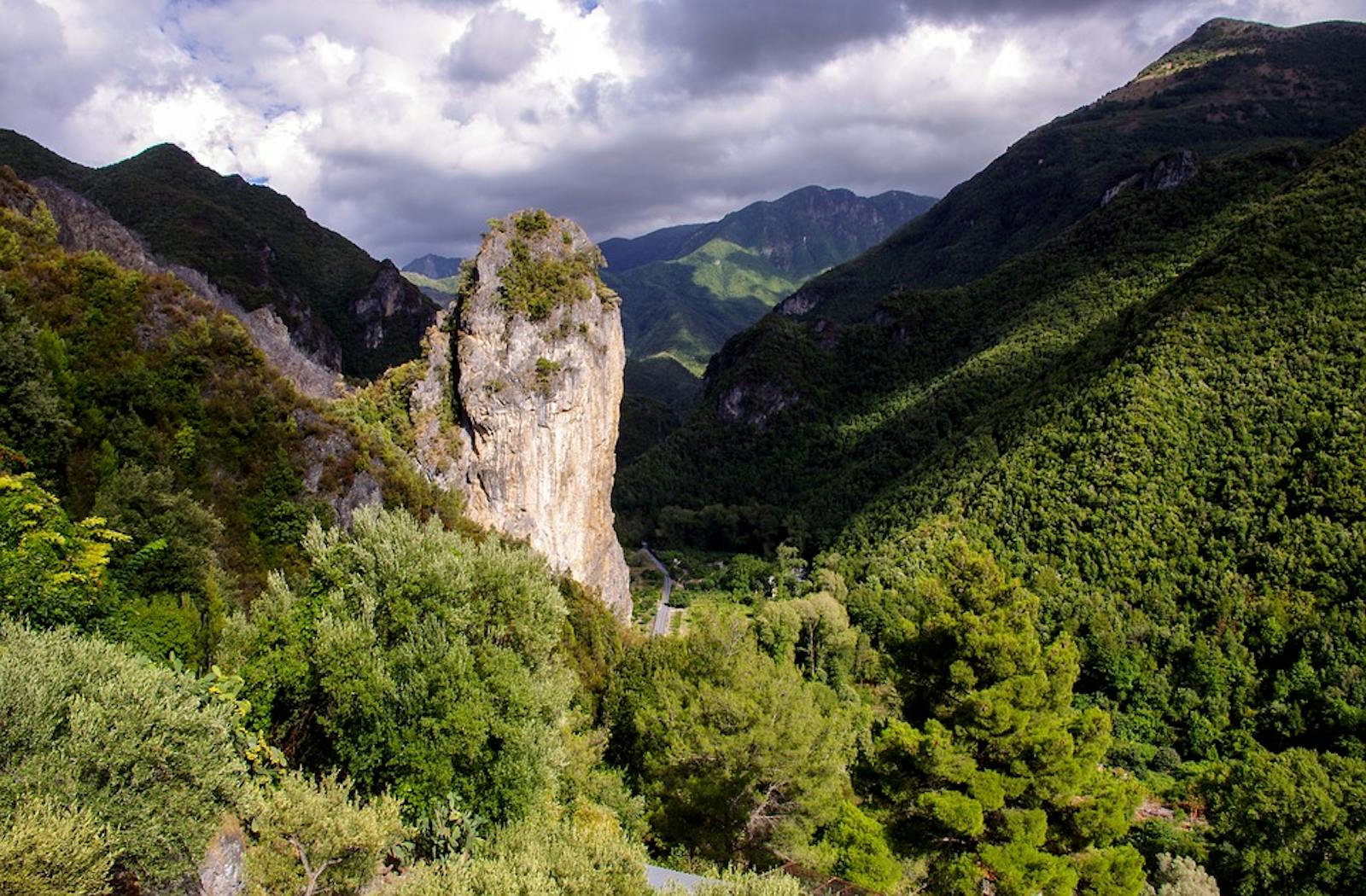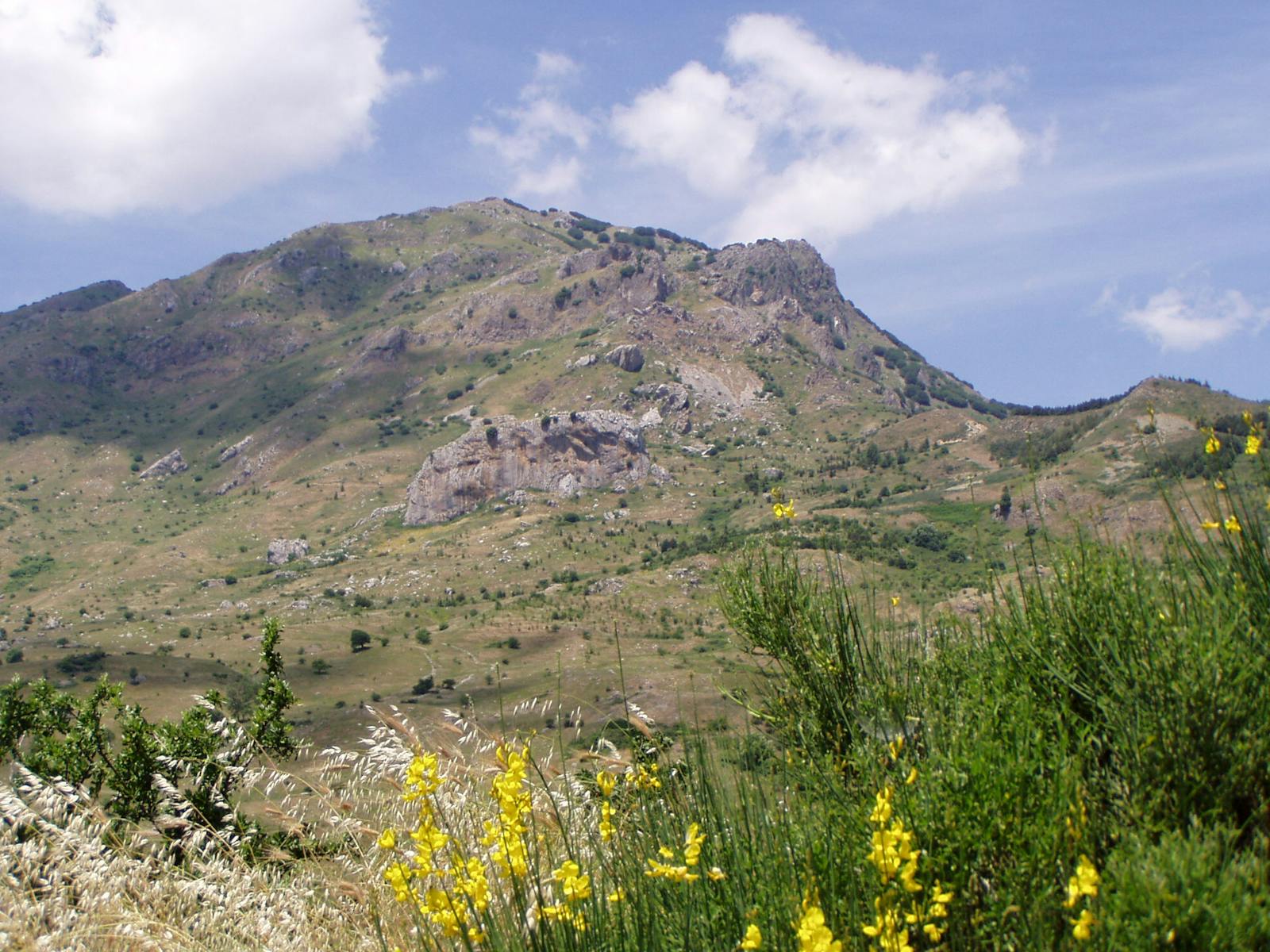South Apennine Mixed Montane Forests
The ecoregion’s land area is provided in units of 1,000 hectares. The conservation target is the Global Safety Net (GSN1) area for the given ecoregion. The protection level indicates the percentage of the GSN goal that is currently protected on a scale of 0-10. N/A means data is not available at this time.
Bioregion: Adriatic Sea & Central Mediterranean Mixed Forests (PA19)
Realm: Western Eurasia
Ecoregion Size (1000 ha):
1,311
Ecoregion ID:
802
Conservation Target:
47%
Protection Level:
10
States: Italy
The South Appenines cut through Italy and Sicily from North-South, creating climatic differences between the two coastlines. The endemic black pine, for example, dominates on the south-facing slopes where there is a more Mediterranean cold and xeric bioclimate. Black pine also dominates the highest elevations of Mount Etna, the almost continuously erupting volcano.
A significant faunal diversity can be found in the forested mountaintops including the rare, endemic Sicilian shrew and the wolf. Close to extinction in Italy after the second world war, the Italian wolves expanded across their historical range, from less than 100 individuals post-WW2 to between 1,200–1,700 distributed along the Appennines. This is partly due to the restoration of wild ungulates.

The flagship species of the South Apennine Mixed Montane Forests ecoregion is the Sicilian shrew. Image credit: Maurizio Sara, Creative Commons
The ecoregion is restricted to the high mountain massifs of the Italian regions of Basilicata, Calabria, and the island of Sicily. The macro-climate is Mediterranean but locally, the sharp altitudinal gradient affects this, from the warm and sub-humid lower elevations (average annual temperature of about 14–17°C) to the cold and per-humid higher elevations (average annual temperature of about 9–13°C). Northern facing slopes experience frequent dense fogs due to their exposure to high atmospheric humidity coming from the Tyrrenian Sea.
The lowest elevations are characterized by the predominance of mixed sclerophyllous evergreen oak (holm oak, cork oak)i and deciduous (downy oak, manna ash, European hop-hornbeam) forests. At medium elevations (up to 1,100m), mixed deciduous forests (Turkey oak, downy oak, Hungarian oak, sweet chestnut) predominate. The high elevations include a number of endemic and relict species. Almost the entire black pine population (90%) can be found in Sila National Park, and a post-glacial relict population of Bosnian pine occur at high elevations in the Pollino Mountains. The only relict stands of the endemic and very threatened Nebrodi fir appear in the Madonie Mountains as well as laurel woodlands, including the rare Rhamnus lojaconoi.

Turkey oak. Image credit: Roger Griffith, Creative Commons
The ecoregion hosts an outstanding plant diversity. The Sicilian entire vascular flora is represented by 3,252 species and 321 endemics, and over 1,700 taxa occur on the Madonie Mountains. This is one of the biodiversity hotspots of the Mediterranean and more than 20% of floral taxa is endemic.
Large mammals include the Italian wolf, the Italian roe deer, the wild cat, and the crested porcupine. Population of the vulnerable Italian hare, endemic to central and southern Italy and Sicily, has declined in the last few decades due to illegal hunting, habitat fragmentation and competition with the European hare.
The region’s forests also host a number of endemic birds such as the Corsican nuthatch which is ecologically adapted and restricted to mature pine trees of the black pine forests. Endemic amphibian species are also distributed in certain mountain areas, for example Corsican fire salamander, Corsican painted frog, and Corsican brook salamander.
The ecoregion has maintained the majority of its forest cover. Outstanding and extensive old-growth forests have remained until nowadays due to the inaccessibility of these mountain massifs. It is still possible to find very old individuals of laricio pine in the Sila Mountains. However, grazing and logging have endangered their survival, particularly during the 20th century. Much of the remaining forests are in special protection areas (Pollino e Orsomarso, Sila, Mount Nebrodi, Parco delle Madonie). Mount Etna has been classified as a World Heritage Site.
Though deforestation has not been very intensive through the ecoregion, there is a high potential for human impact. Forestry management systems are inadequate and usage is overly intense, in addition to the deliberate setting of forest fires. Mismanagement of pastures and grazing has also considerably increased the risk of forest fire. Wolves, despite their expanding populations, are still threatened by human-wildlife conflict leading to their illegal persecution. Additionally, the modernization of agriculture has led to the disappearance of many micro-habitats which are important for amphibian reproduction.
The priority conservation actions for the next decade will be to: 1) promote traditional agricultural landscapes, as sustainably managed semi-natural environments can enhance ecological connectivity; 2) support education and awareness raising programs advocating the benefits of protected areas; and 3) continue training farmers in the use of livestock guarding dogs to reduce the human-wolf conflict in this region.
Citations
1. Baiamonte, G., Domina, G., Raimondo, F.M. and Bazan, G. 2015. Agricultural landscapes and biodiversity conservation: a case study in Sicily (Italy). Biodiversity and conservation. 24(13), pp.3201-3216.
2. Todaro, L., Andreu, L., D’Alessandro, C.M., Gutiérrez, E., Cherubini, P. and Saracino, A. 2007. Response of Pinus leucodermis to climate and anthropogenic activity in the National Park of Pollino (Basilicata, Southern Italy). Biological conservation. 137(4), pp.507-519.
WWF. 2019. Southern Europe: Southern Italy. [Online]. [Accessed 12 August 2019]. Available from: https://www.worldwildlife.org/ecoregions/pa1218


.png?auto=compress%2Cformat&w=300)

